 | | | Collecting and preserving meteorites since 1998. |
| |
|  |
|
|
The Dalgaranga crater was first described in 1938 by E.S. Simpson. It had been discovered by a local rancher some fifteen years previously, and was not well-studied until H.H. Nininger travelled to the site in 1959. Nininger recovered some 230 small fragments totaling less than a few kilograms, the largest weighing around two ounces (the average size of the specimens he recovered was reportedly 1/9 of an ounce, or ~3 grams).3

The crater is approximately 24m in diameter, and it is the only known crater formed by a mesosiderite. Local rock exhumed by the crater was studied isotopically and found to have been exposed on the surface for approximately 270,000 years.1 It is one of the smallest known true simple fragmentation craters known in the world, and it has recently come under more study because of its possible use as an analogue to impact craters on Mars that have undergone slow erosion over relatively long periods of time.2 Thanks to the climate of the region for the past several hundred thousand years, this small crater has been well preserved. It should be noted that the mesosiderites found around the crater have a terrestrial age matching that of the crater, and they have one of the highest non-Antarctic Earth-residency times of any meteorites. A few Omani Lunars have terrestrial ages in the millions of years, but a terrestrial age of 270,000 years is very uncommon.
Update as of 12/2013: A recent study has been published clarifying the age of the crater and some other information. Here's a link: The Discovery and History of the Dalgaranga Meteorite Crater, Western Australia. As it turns out, the age of the crater is poorly defined and could be as low as ~25,000 years (there are a few lower estimates, but those seem doubtful). The article also suggests that less than ~30 kilograms of material has been recovered and curated, with specimens being nearly impossible to find since the 1950's. And it contains a wealth of other information worth reading if you're curious about the meteorite and its enigmatic crater.
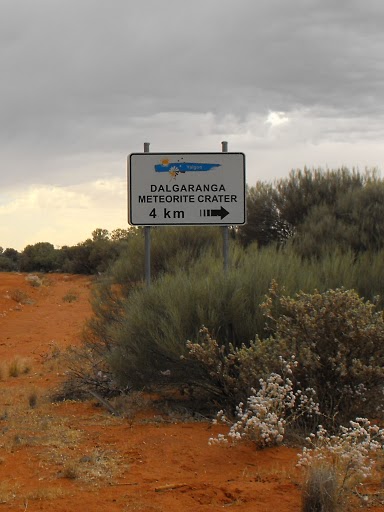
I was a little confused about how to price these - on the one had, price per unit weight usually goes down when specimens get larger, but on the other hand, larger specimens of Dalgaranga are much less common than smaller fragments. I decided to use a flat scale at ~$20/g - it's as low as I could find elsewhere on the internet. If you can find better, please let me know.
These specimens come from the R.A. Langheinrich Collection. The smaller specimens will be shipped in 2 x 1.25 inch plastic foam-lined cases. The larger specimens are in glass-fronted riker cases with Langheinrich labels (noted in descriptions). I can substitute a glass vial with cotton instead of the plastic case if desired, but I may not have vials large enough to accomodate every specimen on this page.
0.273 gram fragment - $5
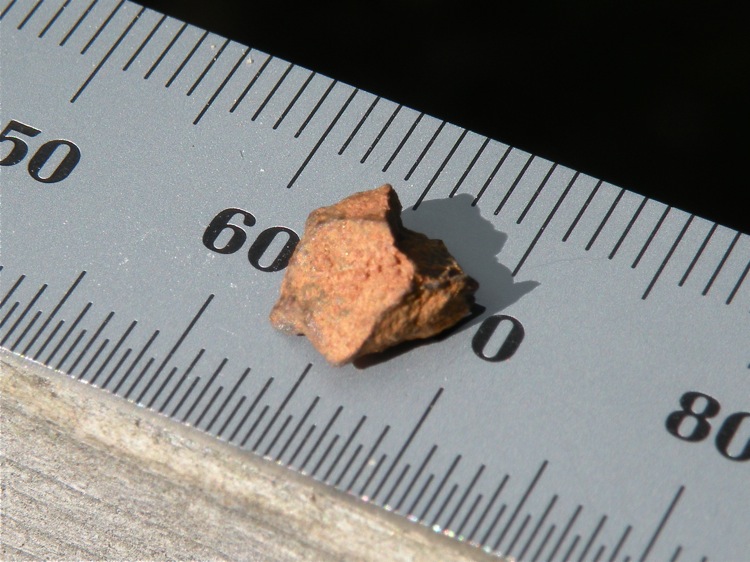
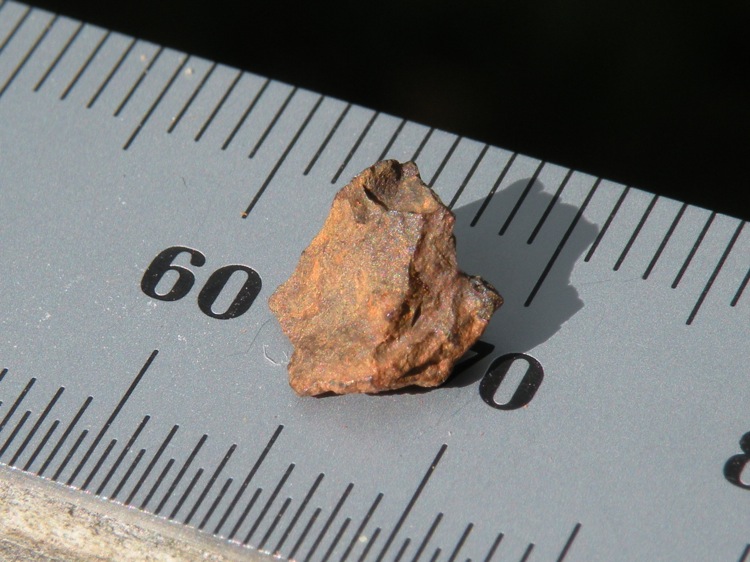
A nice desert-varnished fragment, no internal cracks.
0.273 grams - $5
Send an Email
0.780 grams - $15

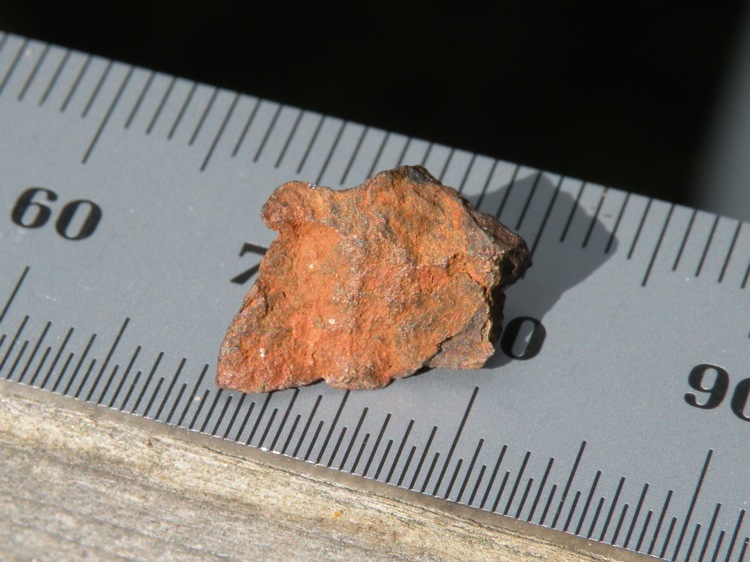
A nice desert-varnished fragment - looks like it's a later natural break off of a larger surface fragment.
0.780 grams - $15
Send an Email
2.261 gram fragment - $40
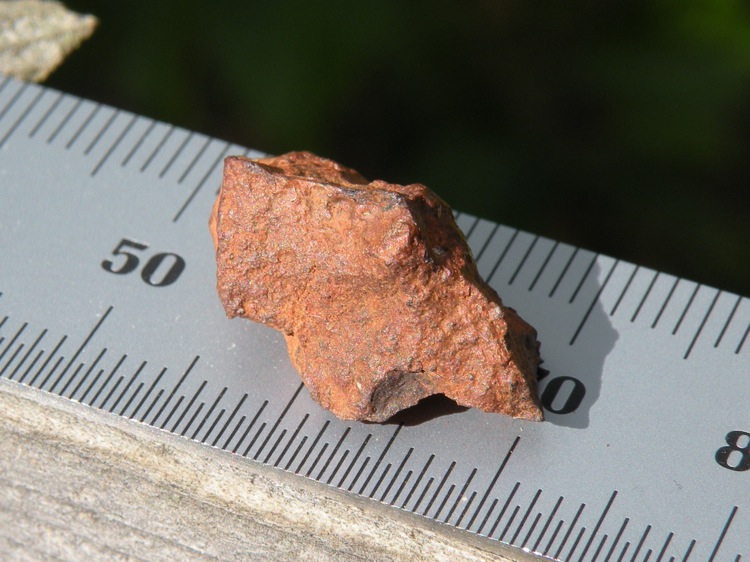

A solid desert-varnished fragment with an elongated shape. This one has a large flat side that might be good for polishing a window.
2.261 grams - $40
Send an Email
2.369 gram fragment - $45

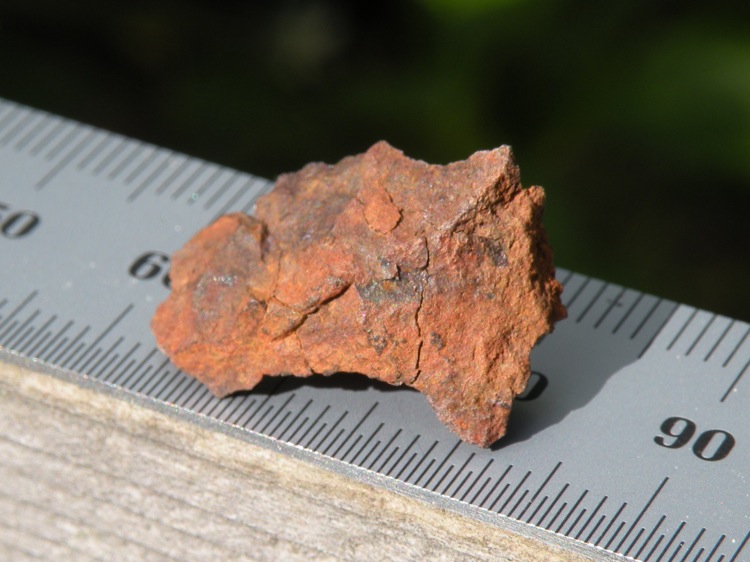
This fragment is solid, but does show some fractures. It was likely shattered, as most Dalgaranga fragments have been, by the impact that formed the crater. Or perhaps by the subsequent ~230,000 years it has spent on Earth. Either way, pretty cool.
2.369 grams - $45
Send an Email
15.246 gram fragment - $300
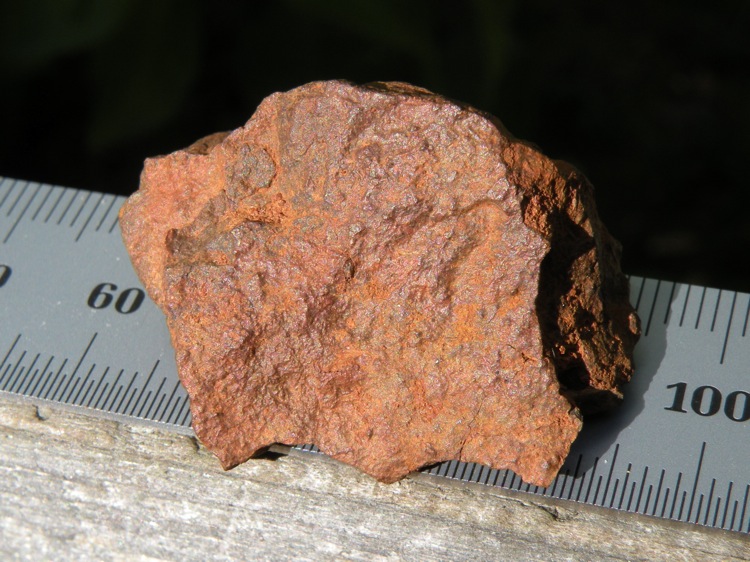
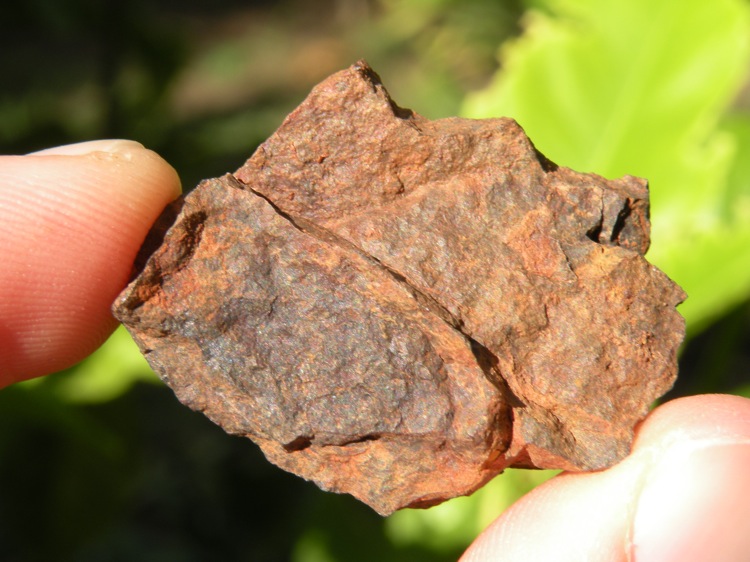
This fellow has one flat desert-varnished side and one rougher side (second photo) that looks like a fresher break. It's a pretty flat piece, so it has good surface area. Comes in a riker case with Langheinrich collection label.
15.246 grams - $300
Send an Email
23.532 gram fragment - $450
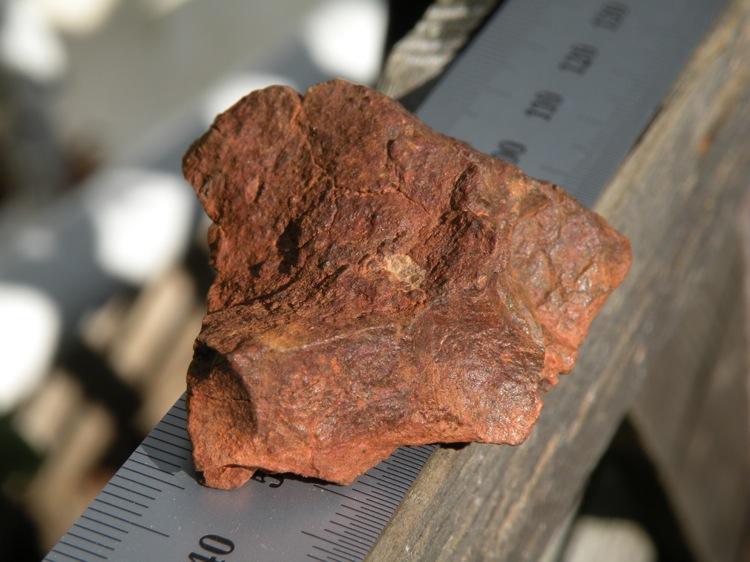
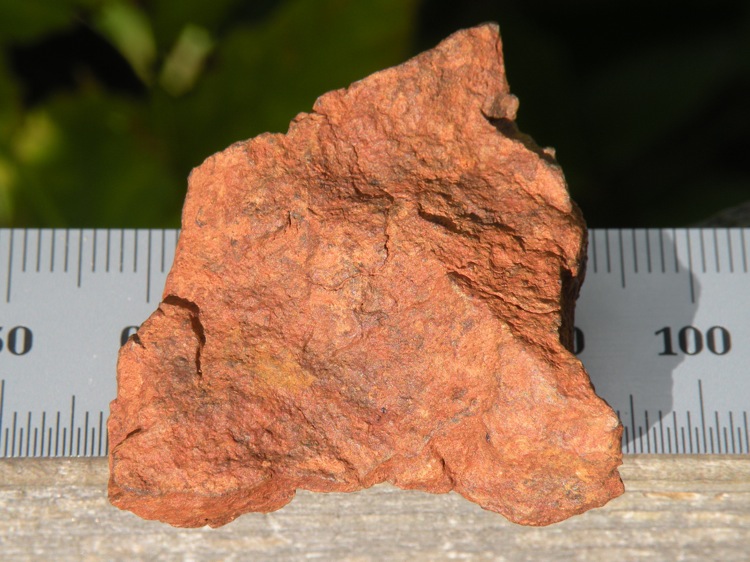
This fellow's pretty. 100% desert-varnish/old patina and a great shape that's almost artistic, very aesthetic. A solid chunk of this rare meteorite. This is substantially above the average size of the specimens recovered by H.H. Nininger in the weeks he spent at the crater. Comes in a riker case with Langheinrich collection label.
23.532 grams - $450
Send an Email
36.807 grams - $700
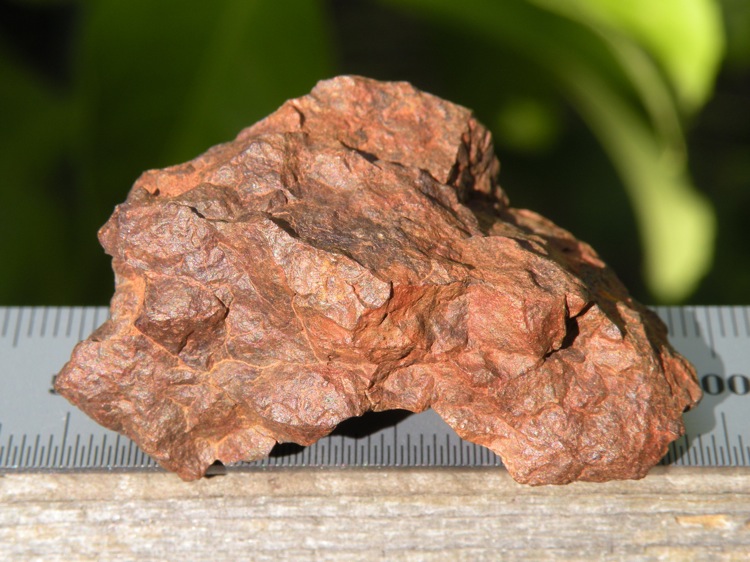
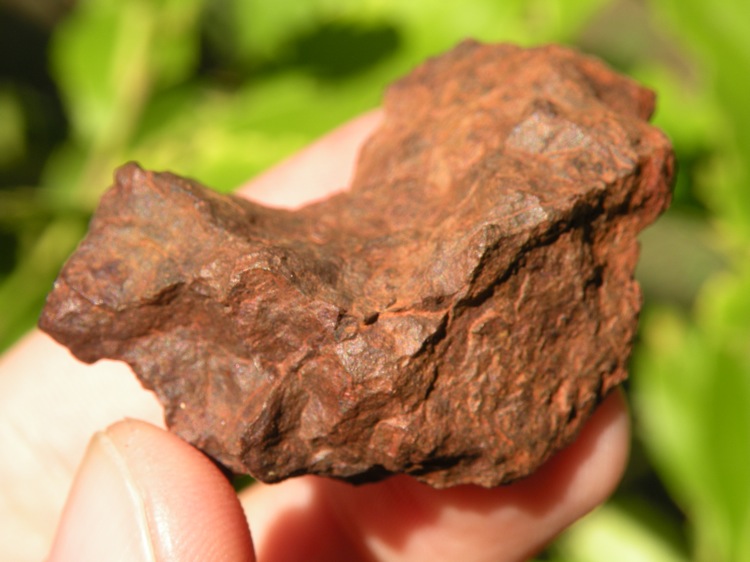
This chunky piece is stunning. The desert-varnish shines, and the specimen has a funny curved shape that makes it seem larger than its weight. Beautiful patina, appears to be an older surface find. Dalgaranga is extremely uncommon in this size range. Comes in a riker case with Langheinrich collection label (it barely fits!).
36.807 grams - $700
Send an Email
1(dating) http://adsabs.harvard.edu/full/1990Metic..25R.409S
2http://www.sciencedirect.com/science/article/pii/S0032063309001810
3Find A Falling Star, H.H. Nininger, 1972
6.182 gram fragment - sold
|
| | |
|
